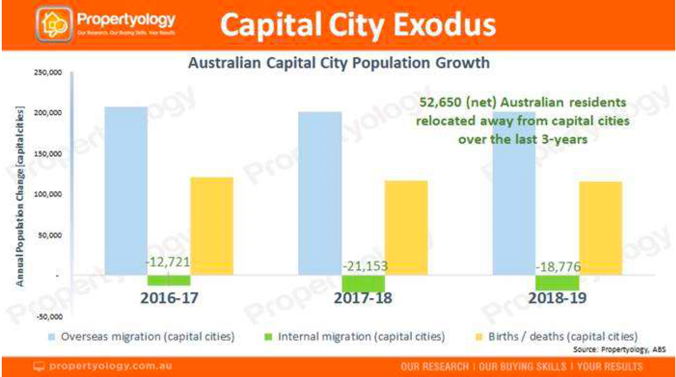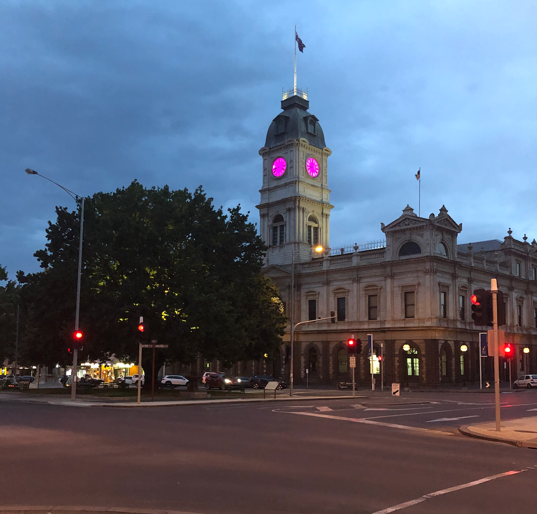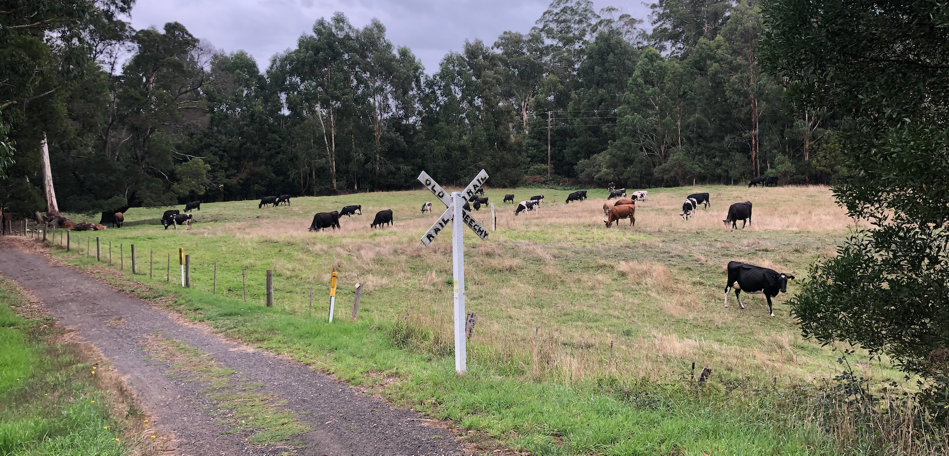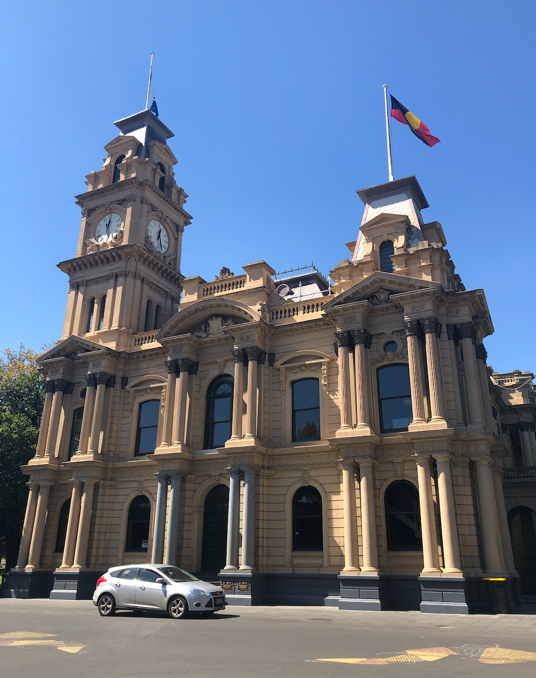Since the COVID-19 pandemic struck our shores at the beginning of 2020, our entire way of socialising, working, educating our children and, well… living has changed.
It is little surprise that a vast number of people have reconsidered where they live.
We’ve felt it at the coalface. Our percentage of owner-occupier briefs outside of our capital city have surged and the data is beginning to reflect the rise within the regions, and in turn, the exodus away from the city. The past five years showed internal migration moving away from capital cities, and more recently this trend has increased. Median house price growth in some regional centres has eclipsed traditional capital growth rates in the area. In the face of some static capital city growth rates, plenty of regions are exhibiting heightened buyer demand; reflected in their increased property prices, shorter days on market and higher train patronage figures.

Whether it be for cleaner air, a larger dwelling, a more traditional ‘outdoors’ lifestyle for children, greater social distancing, affordability constraints, or otherwise, many folks are making the tree-change or sea-change.

Will this buyer pattern continue?
And will the tree-change/sea-change work for everyone who moves?
This is a really important question for buyers who are contemplating such a move to ask themselves, because a mistaken-move is an expensive ordeal, (not to mention a stressful one). The cost of the move extends beyond stamp duty and moving costs. For many, a regional job and salary can be a sideways step, or at worst a step down. Opportunity can be more limited pending the region that is targeted. Reverting back to a corporate job in the city after considerable time out of that sphere can be a difficult adjustment for many employees.

This must be a dedicated decision, and one with certainty of suitability.
There are quite a few questions I ask prospective clients, and surprisingly there are many who haven’t even asked themselves these questions before asking for my assistance with their regional move. The questions are as follows;
- Can you get sustainable, (and personally rewarding) employment?
- If you have children, (or are planning to have children) do you have a school in mind?
- If you need to get back to the city semi-regularly, is the commute tolerable?
- Do you rely on family to assist you with day to day life? If so, are you confident that their assistance will continue after your move?
- What do you know about the region you have selected? How familiar are you with all that it offers, (and doesn’t offer)?
- Are you confident you will be able to maintain your city-friends connection? Have you provisioned for people being able to stay?
- Is medical support and medical facilities something that you have considered?
- Do you know what type of dwelling and land size you desire?
- Are you prepared to maintain your land?
- Have you researched the current prices in the area you are targeting?
And most importantly, is your partner on the same page as you?
Some of the biggest hurdles we see people facing is this last point. We often encourage couples to consider a fair compromise when it comes to a sea-change or tree-change. Compromises can include scaling back the size of the land that one party has in mind, reverting to a location closer to CBD for ease of commuting, and including a ‘guest wing’ for visitors, to name a few.

We always try to prepare our sea-change/tree-change clients with homework as follows;
- Stay for more than a long weekend in a short-term rental and if you are reliant on a semi-regular commute to the CBD, do the commute during your practise phase. If you are dreading the commute after a fortnight, you will be able to question how sustainable it is before you invest in the plan
- Check out the schools, (if you have, or are planning to have children). Nothing derails a plan quicker than a desire to move closer to an appropriate school.
- Do some reverse searches on the property search engines. Make sure that what you want is a feasible and realistic match to your desired budget. So many people overplay the degree of price discounting that a region offers. They get disappointed when they realise that the majestic manor they aspire to live in is still expensive, even by city standards.
- Plan to spend time in the region to get a good idea of where you’d like to live in town. Buying the first exciting property that comes along could be a huge mistake if you realise months later that you’d prefer to be on the other side of town.
- Always, always get a full contract review before signing a contract. Regions have overlays, zones and restrictions that many city-slickers aren’t familiar with. The implication for insurance, purpose/use of the land, and even financing the purchase can be enormous so proceed with care and knowledge.
The importance of getting it right can’t be understated. Re-entering a city market could be difficult if city house prices have outpaced the country prices, not to mention the challenges for some workers trying to re-enter the city-based corporate employment sector. But most importantly, the emotional toll that a dual move can have on the whole family has to be contemplated.
I’ve assisted some incredibly successful tree-change/sea-change moves.
The one thing they all had in common was that the buyers planned it perfectly and asked themselves all the right questions before they moved.

REGISTER TO OUR NEWSLETTER
INFORMATION
CONTACT US
1A/58 ANDERSON STREET,
YARRAVILLE VIC 3013
0422 638 362
03 7000 6026
CATE@CATEBAKOS.COM.AU
